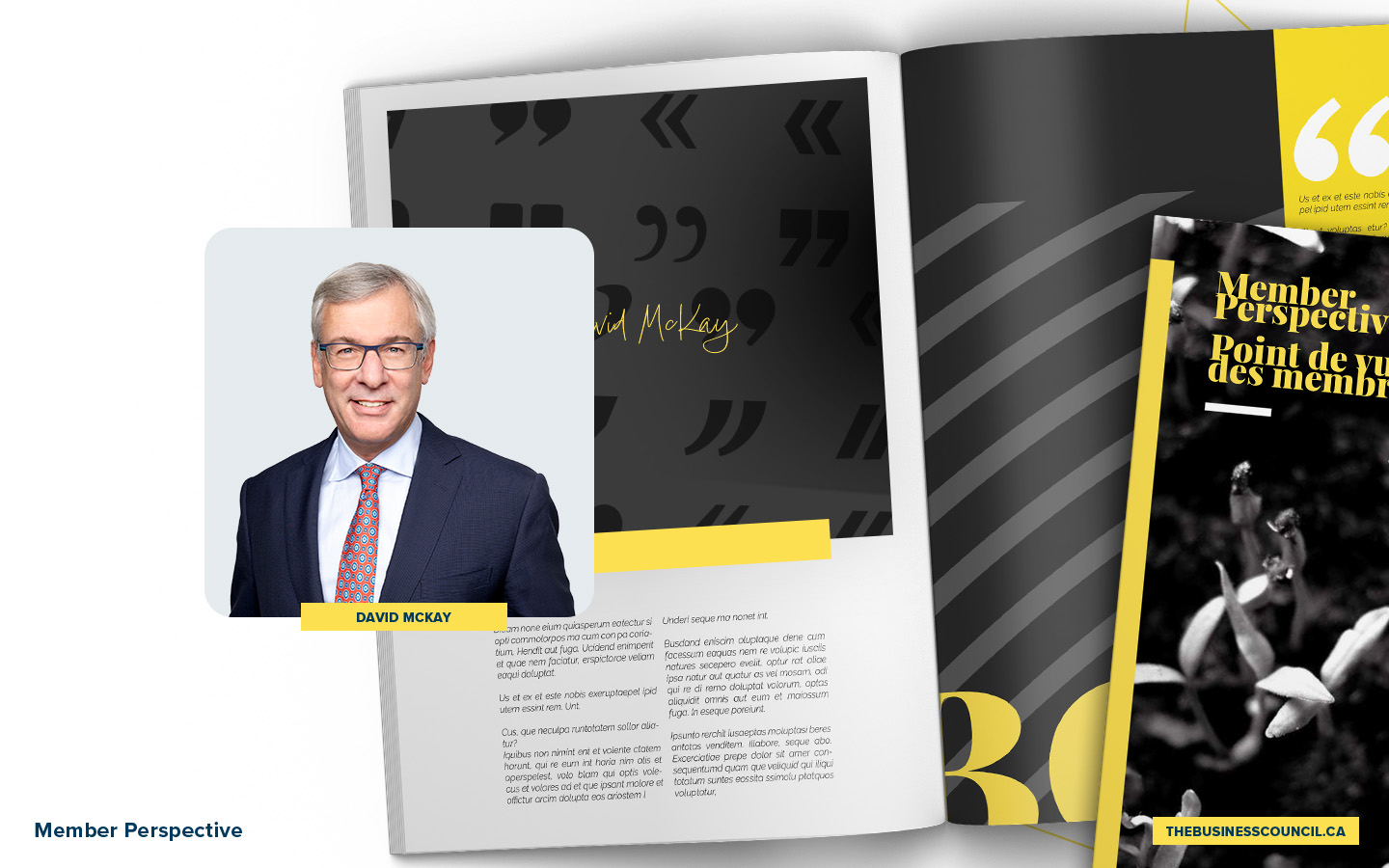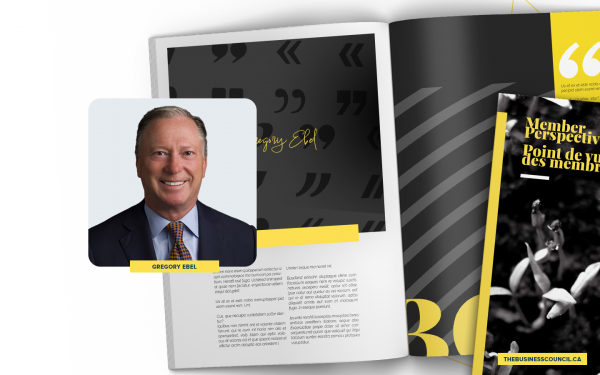It’s time for Indigenous Peoples to be at the centre of Canada’s economy
When more than 1.5 million people are pushed to the periphery of economic life, we cannot expect Canada to thrive and prosper. Nor can we say our country is truly inclusive, when so many of our communities are on the outside looking in.
These and other critical themes emerged during a recent roundtable discussion I joined with Indigenous leaders from across the country. I left with a greater sense of urgency about the kind of Canada we all want, and must help build together.
Our conversation began by exploring the far-ranging impact that COVID-19 has had on their diverse communities. But discussions about reopening the economy soon shifted to reimagining it.
A consensus emerged. A truly prosperous Canada enables Indigenous Peoples to fully participate in the economy.
Progress has been made in recent years. Indigenous businesses contribute more than $30 billion to our national economy. Some forecast this figure will grow to $100 billion within five years’ time. For more than a decade, RBC has proudly profiled a number of inspiring leaders who are driving economic growth and innovation. In this year’s report, we exclusively focus on the contribution of women.
But a long road remains ahead of us. Gaps between Indigenous and non-Indigenous employment and participation rates as well as income levels speak to an entrenched cycle of poverty. In many communities, there simply is no income ladder for successive generations to climb. Canada pays a steep price as a result, with an estimated reduction to our GDP by $36 billion.
But this stark statistic reflects an even more somber reality. Many aspects of our society have set Indigenous Peoples up for failure. School systems have done little to inspire or empower generations of students. Inadequate social and economic infrastructure have also had a corrosive effect on community life. And the ugly threads of systemic racism, woven into our social fabric, have made daily life unfair and in some cases unbearable.
Indigenous youth bear the brunt. But the ripple effect is felt across the entire economy as National Chief of the Assembly of First Nations, Perry Bellegarde, pointed out. Our aging workforce needs to engage Canada’s youngest and fastest growing cohort to keep our economy competitive and prosperous.
The roundtable participants highlighted a number of ways we can set up future generations for success.
Make education more relevant. Public education is intended to be a great equalizer but has in many cases reinforced the inequities faced by many Indigenous youth. As one leader told me: “students don’t drop out of school, they get pushed out.” There is an ongoing need to teach language and traditions that instill a sense of belonging with the students’ past, present and future. Land-based teaching also creates unique insights and knowledge that will serve students well throughout their chosen career. This approach could help produce the kind of leadership Canada needs in creating a cleaner and more sustainable economy.
Additionally, the return on investments we make in education systems is low. For instance,
40 percent of recent university graduates aged 25 to 34 occupy jobs that require less formal education. We need to rethink the way we prepare all students for the future workplace. This should include an emphasis on skill development, providing students with a menu of micro-credentials, online, on-campus and blended, work placements, internships, college and university level courses from various institutions. These so-called “self-directed” programs are an effective way to develop job-ready skills for a fast-changing labour market.
Employers also need to do a better job in recognizing the skills needed to make their organizations more competitive in a digital economy. Undoubtedly many Indigenous people who have overcome adversity and systemic barriers possess a number of talents, life skills, and traits that would benefit any organization, regardless of their formal training or educational background.
Close the great digital divide. New learning models to provide students with greater flexibility in where, when and how they learn is also critical. The rapid deployment of online learning since the pandemic can make educational experiences more customized and convenient. Yet the benefits can only be realized with the digital infrastructure in place. Many Indigenous communities remain on the wrong side of the digital divide. An acceleration of last year’s federal budget commitment to provide high-speed Internet to every Canadian and business by 2030 is needed. And so is a strong commitment to 5G and its enormous potential to power rural and remote communities, and fuel entire new business models. And, by doing so, many entrepreneurs can choose to stay in their community of choice, contribute to its success, while still expanding into new markets.
Empower entrepreneurs. The number of Indigenous business owners is growing at five times the rate of self-employed Canadians, and Indigenous women are starting businesses at twice the rate of non-Indigenous women. Yet less than 20 percent have accessed capital from a financial institution or government program. Loan conditions, some Indigenous business leaders have noted, are based on shorter terms and higher interest-rates than received by other applicants. Qualifying for a loan is also more challenging for on-reserve Indigenous businesses because, technically, reserve land is owned by the federal government and therefore cannot be used as collateral for the capital required to start and grow their enterprises.
Despite this, many Indigenous communities, and specifically development corporations, have foundways to start and build multi-million dollar enterprises. Public and private sector institutions should keep looking for ways to support the growth ambitions of entrepreneurs in the Indigenous community.
Corporate Canada can also show its support by including more Indigenous-led businesses in their supply chains, as well as support initiatives that make it easier to facilitate procurement opportunities. RBC, for instance, is part of a national network of corporations working with the Canadian Council for Aboriginal Business to establish a digital marketplace for qualified companies.
I share and support the vision of the Indigenous leaders who want the coming generations to have the opportunity to grow and develop, pursue a passion, make a mark in life, and contribute in meaningful ways to our communities and country. That’s what an inclusive economy – and a prosperous Canada – looks like. In creating this future, we can all do more. We all have to do more. RBC included.
Latest Member Perspectives
Canada needs a defence industrial strategy to secure its future
September 11, 2025











